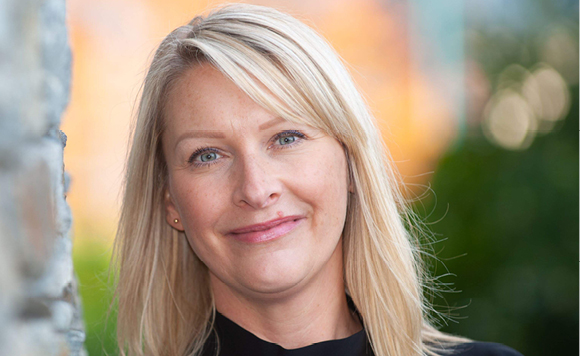by Lara Gladych –
Who do you turn to when you have a question? Is it Google or Siri, maybe Alexa? At Seaside Magazine we are fortunate to know local experts in all the fields (or we’ll know someone who knows someone), so next time you have a question, Ask Seaside! Each month I’ll take your quandaries and queries and do the research for you. Send your questions to news@seasidemagazine.ca.
Q: “What’s the point of electric bikes? Aren’t bikes meant to give you exercise? If that’s the point, why would I want it to move under its own power?”
A: “It’s a question that we hear often in regard to electric bikes. ‘Isn’t it cheating?’ The definitive answer is no. The e-bikes we sell from Giant, Liv, Momentum and Specialized are all pedelecs, which means that in order to make them move you have to pedal. The e-assist takes your input and multiplies it by a level you select. In fact, the mid-drive bikes we sell – those on which the pedals are attached to the cranks which are attached to the motor – can all be ridden without assist. The takeaway is that you have to be pedalling to make these bikes move. People might still think this is cheating, but studies are showing that people are getting great health benefits from riding e-bikes. Many of our customers find themselves riding more often and farther than they ever expected. Their e-bikes are not only making them fitter, they’re making them love cycling more. That’s not cheating. That’s AWESOME!”
~ Mike Richards, Russ Hay’s The Bicycle Shop, Sidney
Q: “How much have orcas shrunk, and is this diminishment emaciation over time, or an over time dwarfing?”
A: “Based on the findings recently published in Endangered Species Research, a peer-reviewed scientific journal, there has been a decrease in the overall body length of Resident fish-eating orcas over the last several decades. How does a scientist measure a wild whale? Drones capture images and measurements are then calculated from those images in a scientific process called photogrammetry. Scientists attribute this change to a corresponding decline – in size and population – of their preferred prey, Chinook salmon. Simply put, the whales were longer when Chinook was plentiful. And this seems to have occurred over a relatively short period of time.
~ Tina Kelly, Shaw Centre for the Salish Sea
Q: “Why, after almost 15 years of proposals and planning by all three municipalities serviced by Peninsula Soccer, do we still not have artificial turf fields?”
A: “It’s complicated. The short answer is money, or lack thereof. A project of this scope comes in around $2 million, which is money not easily found in a municipal budget, especially if the project is not being built in that electoral area (as the field can only be built in one municipality). Federal and/or provincial funding is needed if our local municipal governments are unwilling to fully support such an initiative … and that money is also hard to come by. Peninsula FC is currently working hard to get funding for a turf field and are hopeful our efforts will be successful.”
~ Dale West, Peninsula FC Mini Coordinator and Board Member




